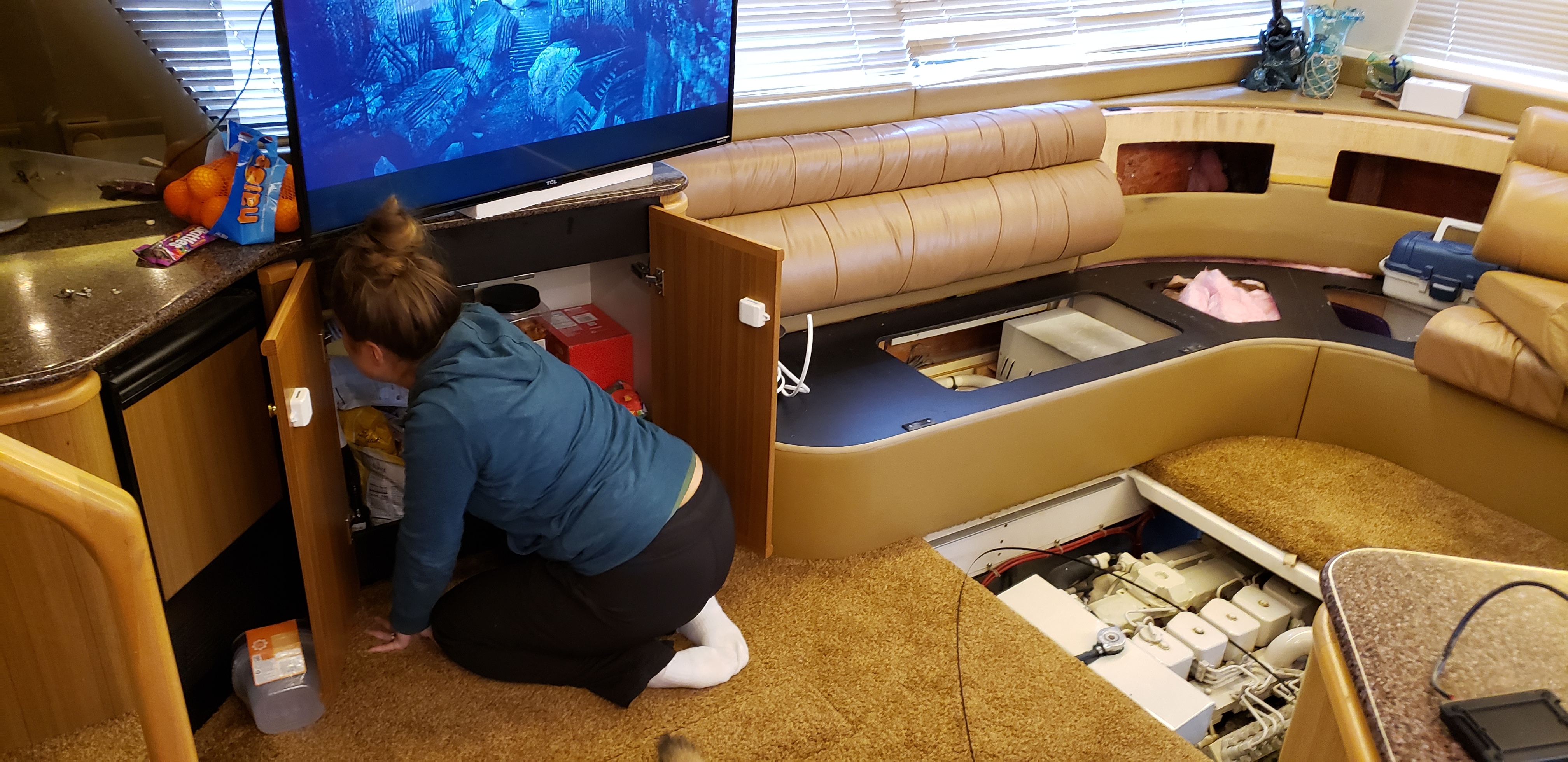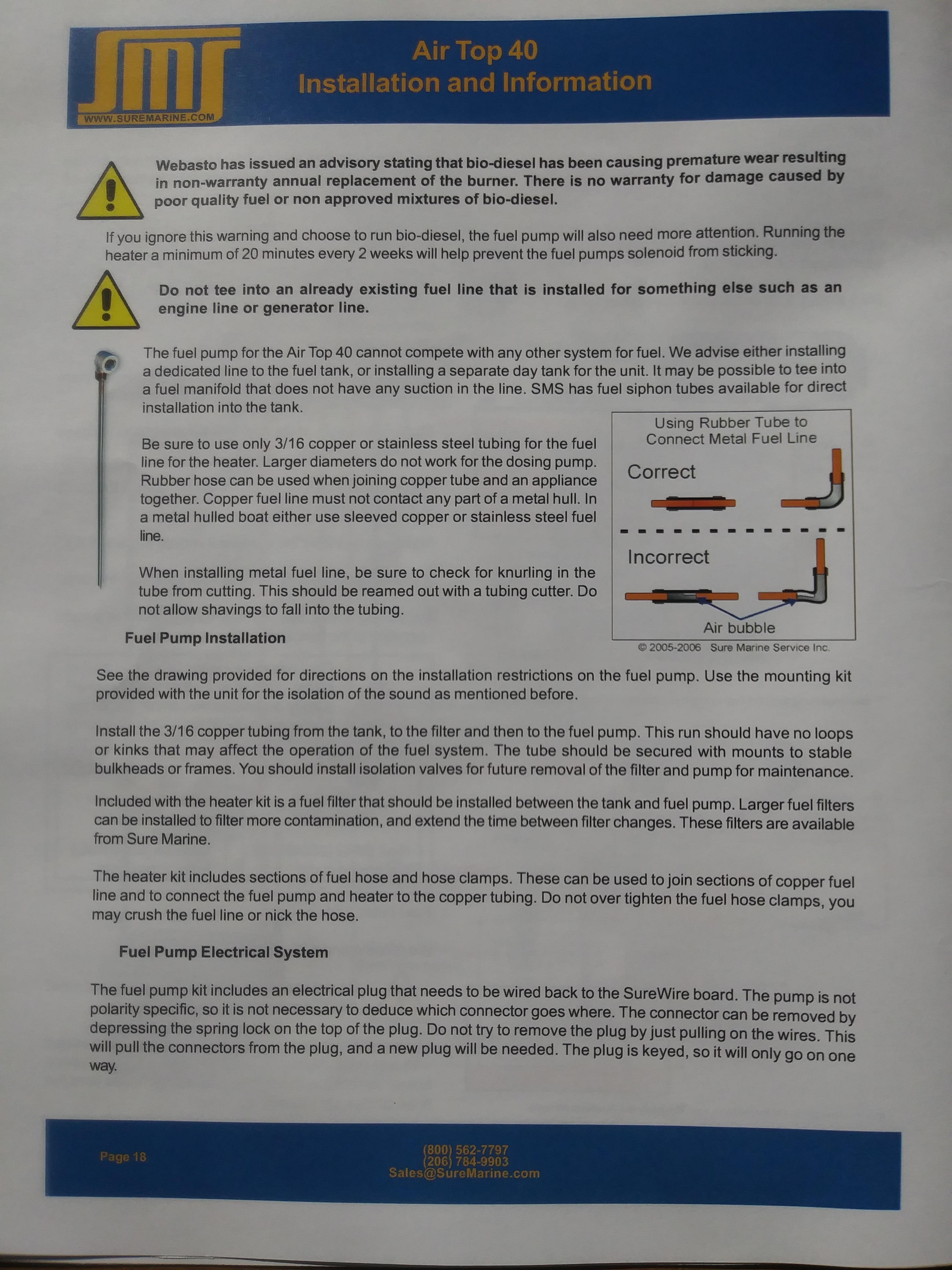My 3,5KW Webasto was getting more and more unreliable so I had to take the decision, have it repaired or buy a new one. I found out that my neighbour had recently installed a brand-new chinese 5KW heater with remote control and a digital display and he is very pleased with that heater.
The chinese heater package which is including a diesel tank , mounting material ,fuel pump, filters, exhaust pipe etc. cost only 10% of the cost of a new Webasto.
The chinese heater costed me Euro 145,- while a new Webasto easily costs Euro 1500,- in the Netherlands
And the best part is that the shipping costs from china to the Netherlands was included in this Euro 145,- as well.
If I would show you both units and asks you with one is cheap chinese and with one is the Webasto, I can assure you that you will not be able to point that out.
When the unit will breaks down in a couple of years I throw it away and just by a new one, then my investment will still be much lower then with a Webasto.



 , if the heater on the Eber / webasto correct installation would be 15-35 ° angle skewed, incorrect installation can cause problems with heater operation. The videos were a joy to look at, he is a skilled fitter ...
, if the heater on the Eber / webasto correct installation would be 15-35 ° angle skewed, incorrect installation can cause problems with heater operation. The videos were a joy to look at, he is a skilled fitter ...
